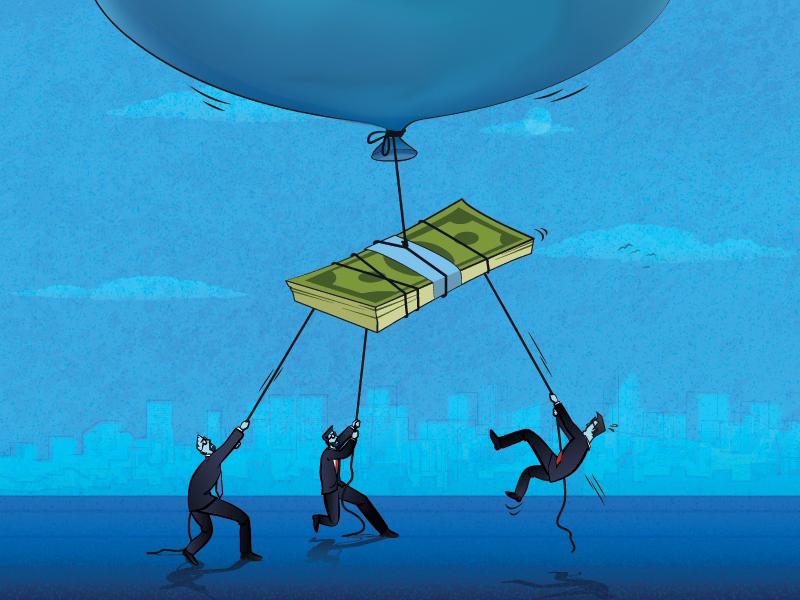
Canada’s fight against inflation didn’t gain ground last month as the annual rate held steady at 3.1%, but economists say the slightly disappointing figure doesn’t change the Bank of Canada’s interest rate plans.
The November consumer price index report released Tuesday from Statistics Canada shows higher prices for recreation and clothing put upward pressure on inflation.
Forecasters were widely expecting to see inflation tick down last month.
However, the report still had some encouraging elements, including a slowdown in some core inflation measures, which strip out volatile components.
“Today’s moderately disappointing result drives home the point that we still have an inflation fight on our hands– in case there was really any doubt,” wrote BMO chief economist Douglas Porter in a client note.
“Still, the bigger picture remains intact: The underlying inflation trend is lower, the economy is chilly, and the Bank is expected to begin trimming rates around mid-year.”
The report also spelled some good news when it comes to groceries as the pace of price increases eased for a fifth consecutive month.
Grocery prices were up 4.7% from a year ago, marking a slowdown from 5.4% in October.
Prices for services were unchanged last month as higher prices for travel tours were offset by lower prices for cellphone services.
Earlier this month, the Bank of Canada opted to hold its key interest rate steady at 5% for the third consecutive time, largely because it has been encouraged by the slowdown in inflation and the economy this year.
But in a speech last week, governor Tiff Macklem acknowledged there may be bumps along the way to returning inflation to the central bank’s 2% target.
Andrew Grantham, executive director of economics at CIBC, says the central bank doesn’t need to wait until inflation gets back to 2% to cut interest rates. Macklem has made that point as well.
Moreover, Grantham says the weaker core measures suggest inflation is still on track to fall back to 2%, which is “great news” for the Bank of Canada.
“Because then it can say to people that even if inflation is not necessarily back to 2% target, we see evidence that it is possible to get to that target in the future, that the drivers of inflation are not as widespread as they used to be,” Grantham said.
Inflation in Canada has been steadily declining since mid-2022, but not without some hiccups, including an uptick in inflation during the summer.
The central bank has not ruled out the possibility of another rate hike, if it finds it necessary. But most forecasters anticipate its next move will be to cut interest rates sometime next year.
The latest inflation data has poured some cold water on financial market predictions of rate cuts as early as March or April.
“We always thought that was a little bit premature given where the inflation numbers were. So it doesn’t change anything in terms of our expectations that the first cut will come in June,” Grantham said.